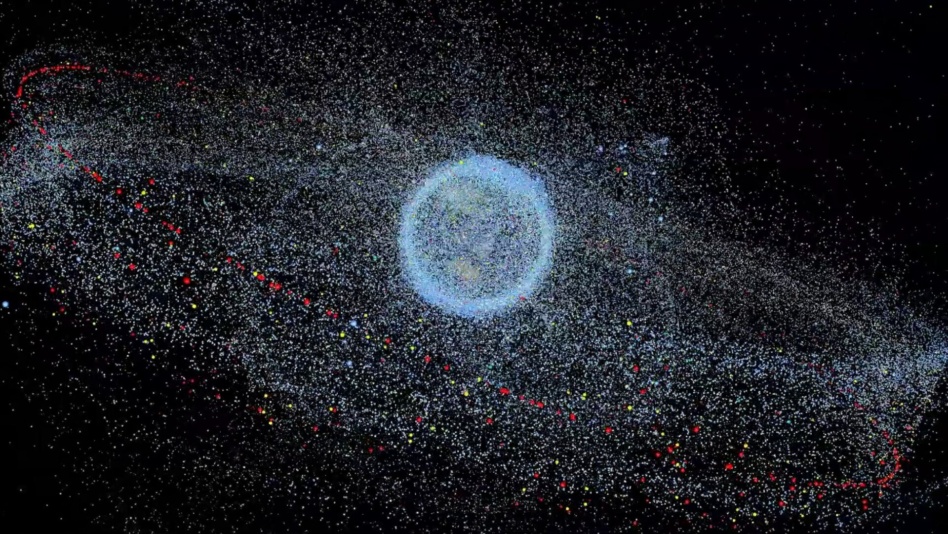IARPA, aka the Intelligence Advanced Research Projects Activity, is getting its feet wet in space awareness.
The advanced R&D arm under the Office of the Director of National Intelligence announced Tuesday that it is launching a new program called SINTRA (Space Debris Identification and Tracking) to find, track, and characterize the millions of tiny pieces of debris smaller than 10 cm, which are currently untrackable from the ground.
“Discovering new ways to understand the millions of man-made debris objects orbiting the Earth, especially since they are ever-increasing in number, has never been more critical to everyday life,” said SINTRA program manager Alexis Truitt in a release.
Size matters
Today’s government technology can only track debris larger than 10 cm across in LEO, and the DoD maintains a catalog of objects larger than a softball. But much, much smaller pieces of debris can do serious damage while whizzing around at 17,000 mph. Exhibit A: a paint chip cracked a window on the ISS in 2016.
Get smart
The DoD operates its own debris-tracking technologies (like the US Space Command’s Space Surveillance Network) and NASA models the distribution of debris less than 10 cm across. Both agencies also have initiatives to increase those capabilities to keep their on-orbit assets safe. On the commercial side, several space companies have developed their own space situational awareness (SSA) and space traffic management (STM) services, augmenting the data collected by the government.
On the intelligence side, though, it’s not as common to see a push to collect data on orbital debris. IARPA said this is the first time it’s tried to track small space debris.
- It comes as no surprise that space technology is essential to everyday life, and IARPA is now treating orbital debris as an existential threat to space assets that needs to be understood as such.
- “Given the rapid increase in space activity worldwide—both government and commercial—and the current state of orbital debris, small debris tracking is needed to ensure safe equipment and crew operations,” Truitt said.
The awards
Under the SINTRA initiative, IARPA awarded four initial contracts to prime contractors, who are collectively working with 12 subcontractors in academia and the private sector. The four main awardees:
- A-Tech, LLC
- Advanced Space, LLC
- SRI International
- West Virginia University Research Corporation
Each of the contractors will focus on using existing sensors, including ground radar, tracking satellites, and optical sensors to identify and track sub-10 cm debris. The program’s initial period will last four years.




